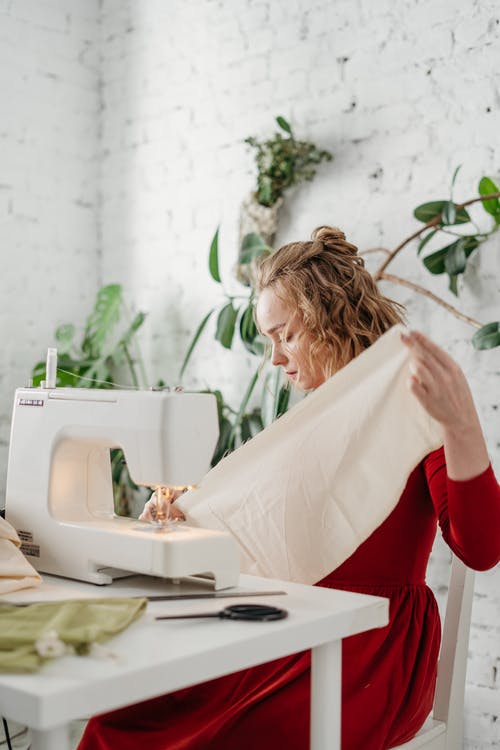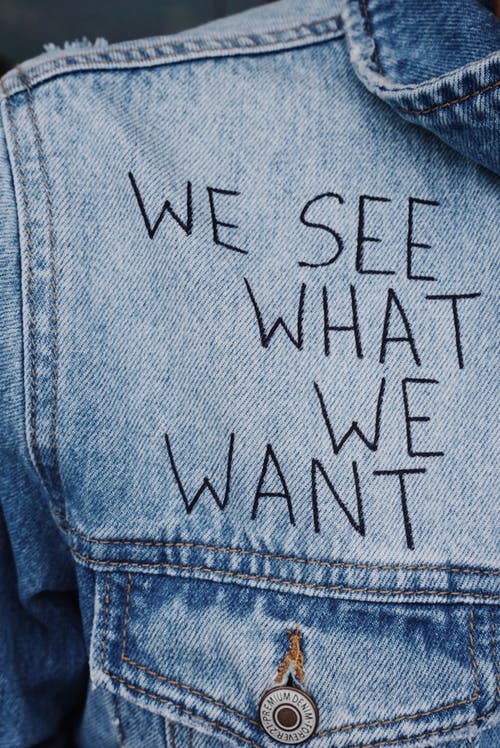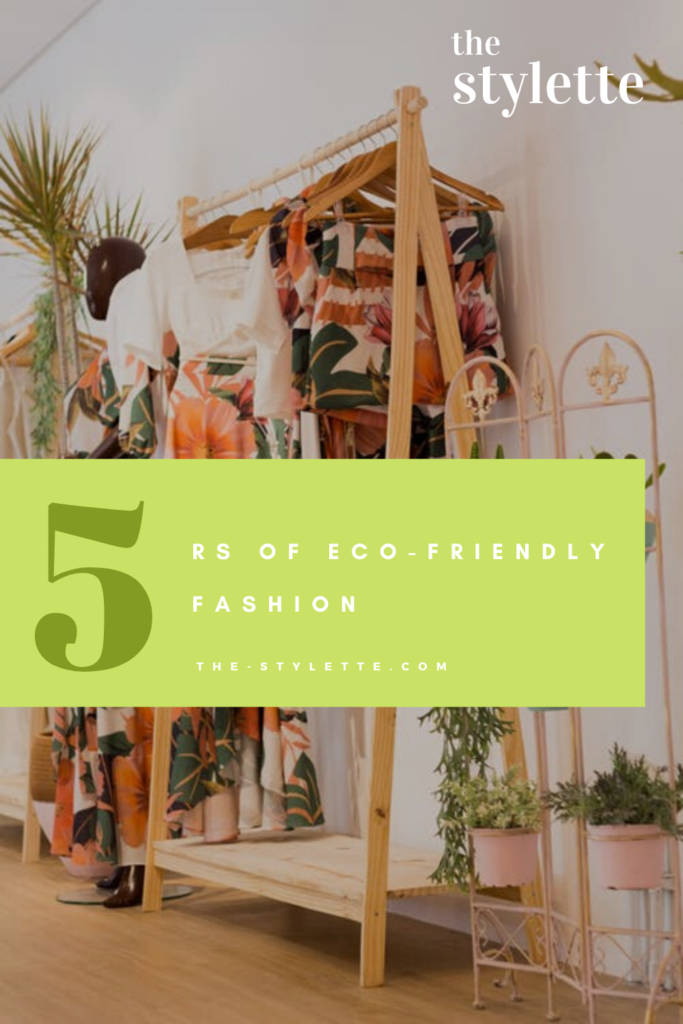Reduce:
sustainable fashion should first and foremost be about reducing fashion consumption. the u.s’s eco-footprint is 8.2 global hectares (the area of land required to sustain consumption and waster) person. Since the average global footprint is about 2.6 gha this is pretty devastation to our environment. Reducing your footprint starts by being mindful of consumption and waste. This ultimately means fighting to the urge and to buy less and purchase only what you need.

Repair:
When a garment is damaged many people’s initial reaction is to throw it out and replace it with something new. However, many items can be repaired or tailored. You can sew a button. You can mend a seam that is coming apart. You can go to a tailor and get your clothes altered to fit you. The United States comes in at 1st place as the most wasteful society with 1,609 pounds of waster per person sent to a landfill each year, we need to start changing the mindset of throwing your old clothes out and ask yourself:
- can it be repaired?
- can it be fixed?
- can it be reused?
Recycle: Instead of throwing items that you no longer need in the trash, recycle it. There are two ways to do this. You can donate it to a charity or opportunity shop as they will recycle your goods and turn your trash into someone else’s treasure. Or you can recycle the fabrics by turning it into another garment (known as upcycling). Or, you can choose to donate your second hand items to increasing numbers of designers who will happily receive and recycle your unwanted garments. Some fast fashion brands are working towards reducing their footprint and have clothes recycling programs where if you donate your clothes—you get a discount off your purchsse (win/win?)

Repurpose:
According to the Merriam Webster dictionary, re purpose is defined as: “to change (something) so that it can be used for a different purpose.” Thus re purposed fashion is similar to upcycling in that it is a form of recycling.
Unlike upcycling where fashion is altered to create an item with a similar purpose; repurposing involves altering it so that it is given an entirely new purpose or use.
One example is turning an old linen dress into a tote bag.

Reinvent:
Where your personal style and creativity gets to shine!!
Reinventing your wardrobe goes hand in hand with buying less; or perhaps it is the outcome of buying less. It also involves being creative. Let’s face it – it’s easy to go shopping for an item that you want because it’ll ‘complete’ an outfit. So much more creativity is involved in looking at your existing closet and finding outfit goodness. So reinventing your closet involves creating new outfits that you may otherwise not have considered.
We create look books for our clients to help them reinvent their wardrobes and create new outfit combinations they would’ve never tried or thought of on their own.

Recycle:
Instead of throwing items that you no longer need in the trash, recycle it. There are two ways to do this. You can donate it to a charity or opportunity shop as they will recycle your goods and turn your trash into someone else’s treasure. Or you can recycle the fabrics by turning it into another garment (known as upcycling). Or, you can choose to donate your second hand items to increasing numbers of designers who will happily receive and recycle your unwanted garments. Some fast fashion brands are working towards reducing their footprint and have clothes recycling programs where if you donate your clothes—you get a discount off your purchase (win/win?).

